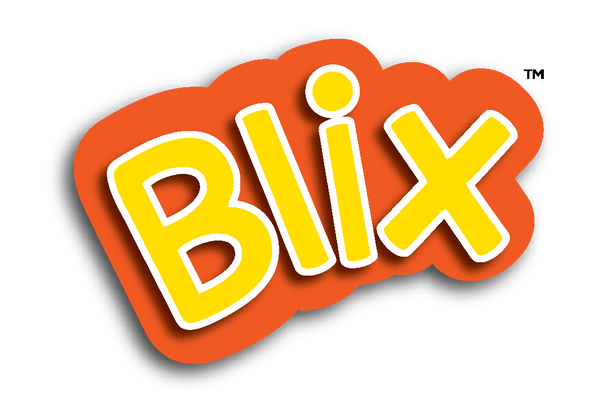
How to Train Teachers for Tech-Integrated Classrooms: Challenges and Solutions
Share

Setting up a STEM or robotics lab is just one part of the process. The real challenge begins when it’s time to run that lab. When students actually walk in. They run, curious and full of questions. And that’s where teachers step in.
In most schools we work with, teachers are enthusiastic about robotics and AI. They want to bring something new into their classrooms. But the hesitation is real. We get a lot of questions, major ones being “Where do I start?” “What if I don’t know enough?” “What if something goes wrong while students are working?”
And trust us, these aren’t small concerns. They’re what decide how the STEM lab will actually be used in the near present.
So, what are the real challenges teachers face?
There are three challenges we see across most schools.
- The first is familiarity. Teachers are used to explaining theories. Assembling robots and sensors is something new to a few. Therefore, moving from books to building looks and feels like a complete transition, and we truly understand this.
- The second is time. Teachers have a lot to do, complete portions, take assessments, do school events, and more. Finding time to learn something new often feels impossible.
- And the third, fear of error. Many worry they will lose control of the session if something stops working. That fear often leads to the lab being underused.
What we have understood so far is that teachers don't lack skills. They merely want support, the right support.
Why does this matter so much?
At Blix, we are on a mission to make STEM and AI education accessible to thousands of students. And to make this possible, we need teachers. Because no matter how good the kits, curriculum, or infrastructure are, they won’t reach students unless teachers are confident in using it.
What we have seen with our experience so far is that schools with trained teachers see better participation. Students here engage for longer, and there are more meaningful learning outcomes. And that's why teacher training is one of the core parts of our complete STEM lab setup process.
What are we doing at Blix?
We created the Train the Teacher program to make sure no teacher feels left behind when tech enters their classroom.
Our approach is simple. Start from where the teacher is, not from where we want them to be.
First, we make them identify all the concepts. Second, we walk them through our range of robotics kits and our curriculum. Third, we teach all the concepts and projects. And lastly, we even talk about how these projects can be effectively taught in a classroom or a lab-like setup.
Every session is activity-based. Teachers build, test, and troubleshoot, just like their students will.
We also ensure every topic ties back to their syllabus, so they can see exactly how a robotics concept fits into what they’re already teaching.
Once the training ends, we don’t disappear. Through our LMS platform, teachers get lesson plans, video guides, and project walkthroughs that they can access anytime. And if something breaks or doesn’t work as expected, they can reach us directly. Our AMC support team is always active for lab audits, repairs, and replacements.
Every teacher who completes the program receives a Blix certification, which not only recognises their effort but also adds to their professional growth.
What’s the way forward?
So far, we’ve trained hundreds of teachers and learned as much from them as they’ve learned from us. Every feedback during AMC visits, every question during training, every small challenge shared, all of it helps us improve our products and curriculum.
We know, tech-integrated classrooms don’t start with technology. They start with teachers. And we’ll keep building every system, every lab, and every program around that belief.
Because when teachers lead with confidence, innovation follows.
